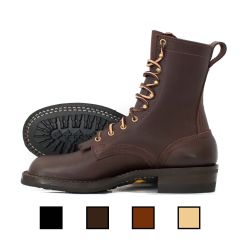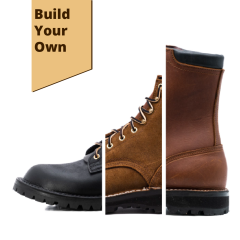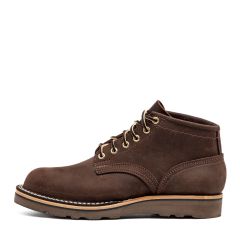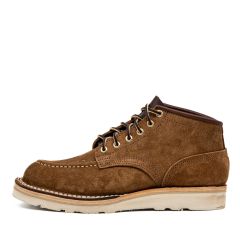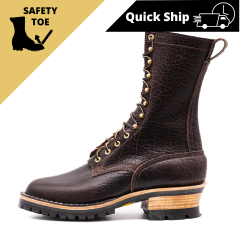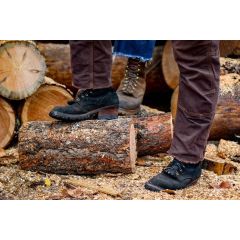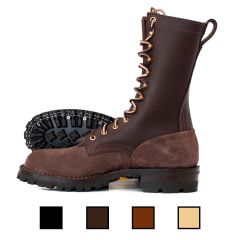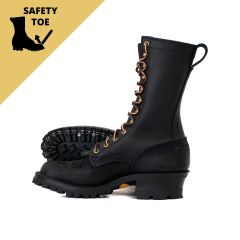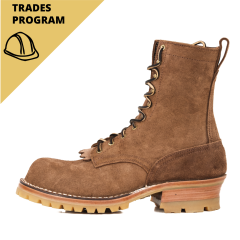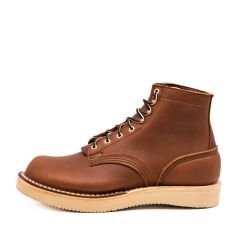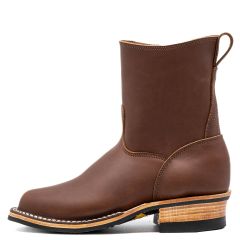Work Boots For Construction
Understanding The Importance Of Work Boots In Construction
Safety Risks
Construction sites are inherently dangerous places. With the constant movement of heavy machinery, the risk of falling objects, and the potential for stepping on sharp objects, the need for protective clothing—especially footwear—cannot be overstated. Work boots for construction play a vital role in ensuring the safety and well-being of construction workers on site.
Primary Functionality
First and foremost, the primary function of work boots is to provide protection. High-quality construction boots are equipped with steel toes or composite materials designed to shield the feet from heavy falling or flying objects. Additionally, they are constructed to prevent punctures, which is crucial given the prevalence of sharp objects on construction sites. The risk of stepping on nails, shards of glass, or other sharp debris is significantly reduced by wearing boots with thick, durable soles.
Wear Benefits
Another critical aspect of work boots is their ability to offer support. Construction work often involves standing for long hours, walking on uneven surfaces, or climbing. As such, work boots are engineered with supportive insoles and ergonomic designs to provide comfort and prevent injuries related to strain and overuse, such as plantar fasciitis or ankle sprains.
This support does not only safeguard the musculoskeletal health of the worker but also boosts productivity by reducing discomfort and fatigue.
Slip Resistance
Slip resistance is yet another significant feature of work boots in construction. Building sites can be treacherous, with spills, wet surfaces, or muddy conditions being common. Boots with slip-resistant soles help to avoid accidents, ensuring workers can move confidently and safely around the site.
Electrical Protection
Moreover, work boots can also offer electrical protection. Construction environments often involve exposure to electrical hazards. Boots with electrical hazard protection are designed to insulate the wearer from the ground, reducing the risk of electric shock—a vital consideration for anyone working near or with electrical systems.
The Role Of Safety Toe In Work Boots
Work boots with electrical hazard protection insulate wearers from ground contact, reducing the risk of electric shock in environments with electrical hazards.
- Steel Toe: Steel toe boots have a steel reinforcement in the toe area to protect against heavy objects. They are durable but heavier than other options.
- Composite Toe: Composite toe boots provide protection without the weight of steel. They are lighter, non-conductive, and non-magnetic.
- Aluminum Toe: Aluminum toe boots offer good protection with a balance of weight between steel and composite materials.
- Importance Of ASTM Standards: Make sure work boots meet ASTM standards for foot protection to ensure they have been tested and certified for safety.
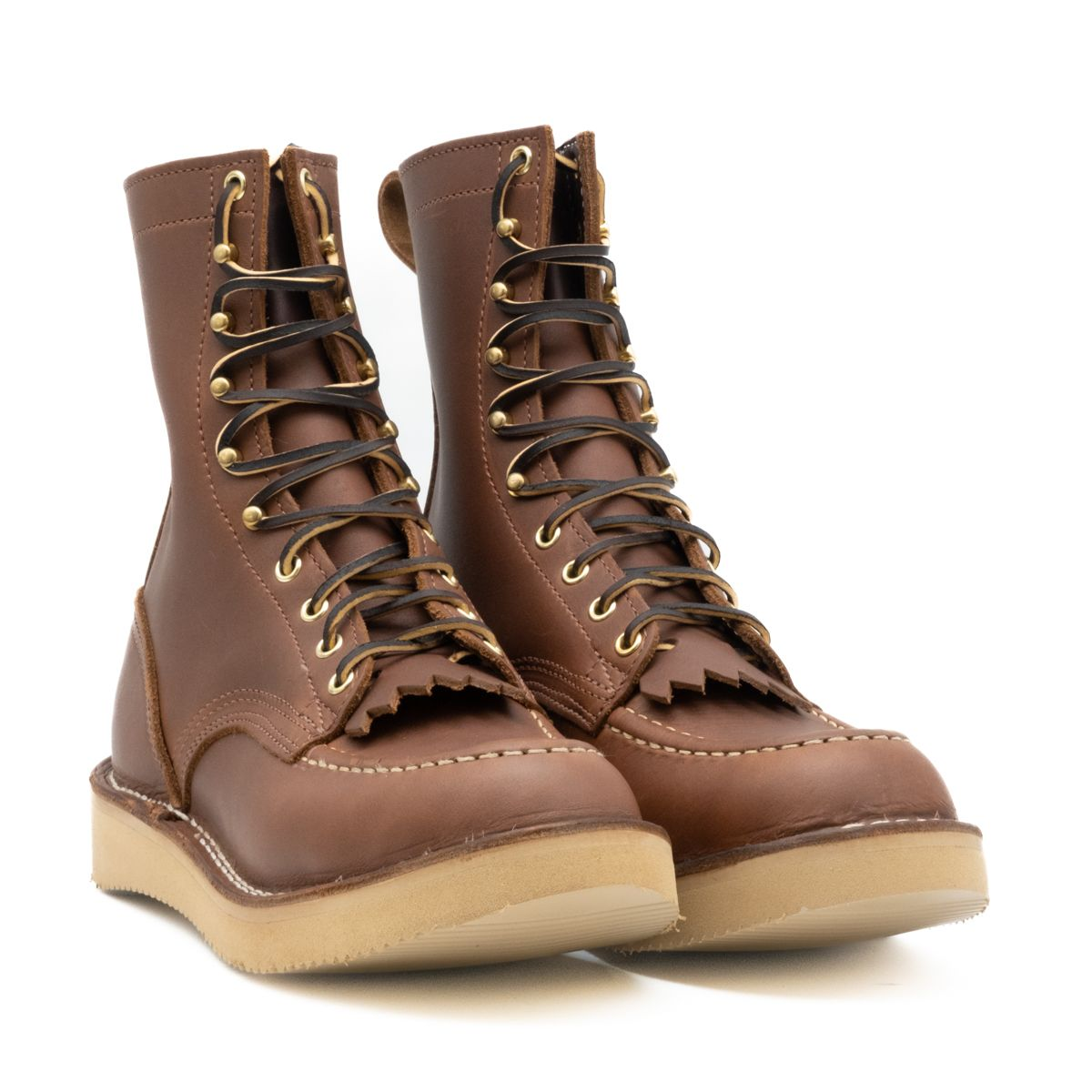
Waterproof Work Boots: Necessity Or Luxury?
Benefits Of Waterproof Work Boots: Construction sites often have wet and muddy conditions. Waterproof work boots keep feet dry, preventing blisters and infections. Damp feet can affect focus and productivity.
- Modern Technology: New waterproof boots are breathable, keeping feet dry from outside water and internal sweat. This helps maintain foot health during long work hours.
- Considerations: Waterproof boots are crucial in wet regions or near water bodies. In dry areas or indoor jobs, waterproofing may be less necessary.
- Conclusion: Waterproof work boots offer comfort, safety, and foot protection. Workers and employers should assess site conditions to determine if they are a needed part of work gear.
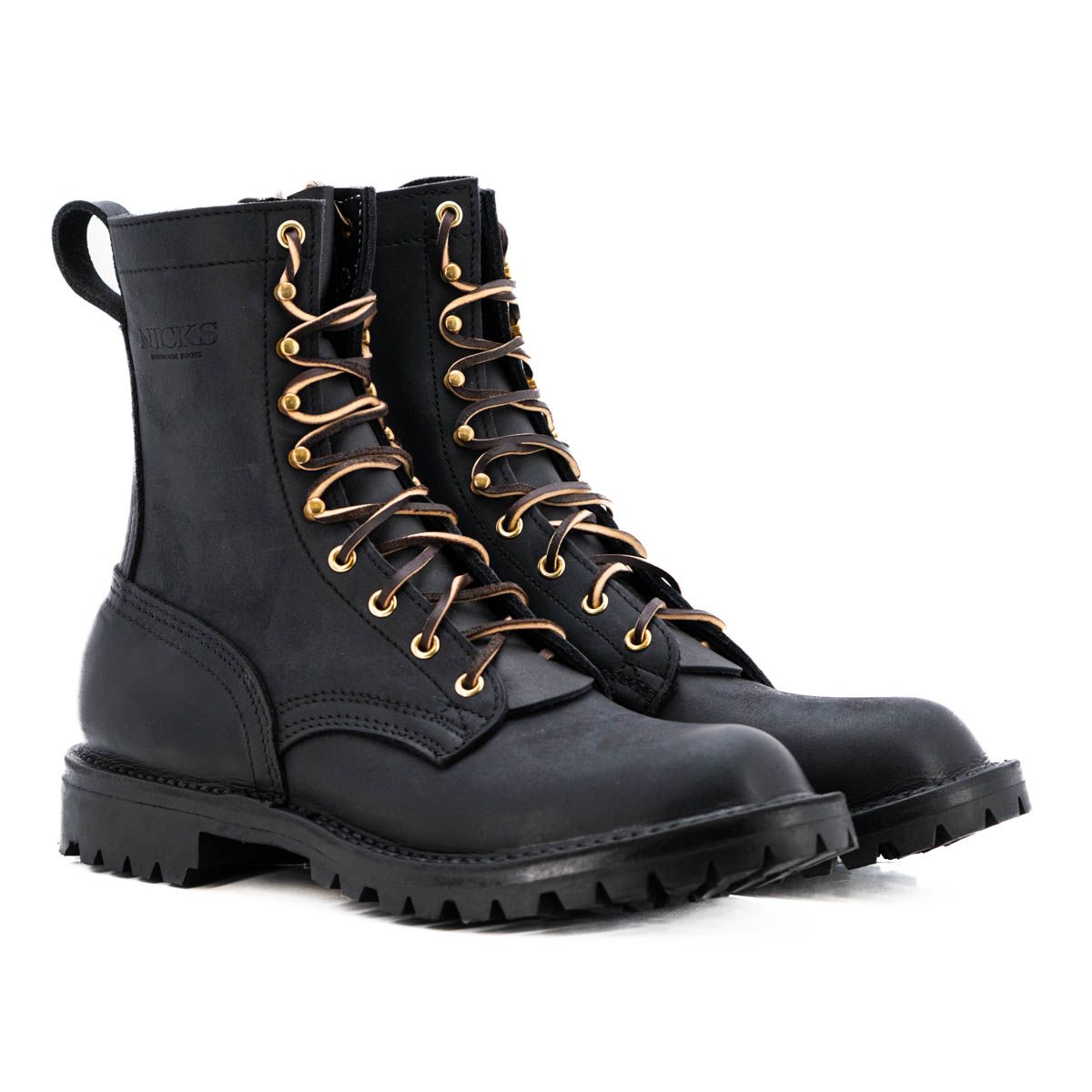
Criteria For Selecting The Right Work Boots
Selecting the right Nicks Boots work boots for construction is crucial for ensuring safety, comfort, and productivity on the job site. With countless options available, focusing on several key criteria can help you make the best choice for your specific needs.
- Safety Features: The primary purpose of work boots is to protect your feet from the numerous hazards encountered in construction. Key safety features to look for include:
- Toe Protection: As discussed, toe protection comes in forms such as steel, composite, and aluminum. Choose based on the level of protection needed and the working conditions.
- Slip Resistance: Look for boots with outsoles that provide traction on various surfaces, including wet, oily, or uneven terrain.
- Puncture Resistance: If you work in environments with sharp objects, puncture-resistant soles can be a lifesaver.
Electrical Hazard (EH) Protection: For those working near electrical hazards, boots rated for electrical hazard protection are essential. - Durability: Consider the construction and materials of the boots. Leather is renowned for its durability and long life. Look for features like reinforced stitching, high-quality fasteners, and durable sole materials that can withstand the rigors of a construction site.
- Comfort And Fit: Comfort is crucial when you spend hours on your feet. Look for boots with adequate cushioning, supportive insoles, and ergonomic designs that promote natural foot movement. Proper fit is also instrumental in preventing blisters and discomfort, so always try on boots with the type of socks you plan to wear on the job.
- Weather And Environmental Adaptability: Consider the typical weather conditions and environment of your work site. Waterproof or water-resistant boots are essential for wet conditions, while insulated boots can provide warmth in cold weather. In hot climates, look for boots with breathable materials to help regulate foot temperature.
- Maintenance: The ease of maintaining your work boots should also be considered. Leather boots may require more upkeep to maintain their weather-resistance and durability. Consider how much time and effort you're willing to put into boot care.
Frequently Asked Questions
Why are work boots important for construction?
Work boots are essential for construction work due to the demanding and potentially hazardous conditions found on job sites. They protect feet from heavy falling objects, sharp materials, electrical hazards, and provide the necessary traction to navigate uneven terrain safely. In addition, quality work boots can offer support and reduce fatigue during long working hours.
What features should I look for in construction work boots?
When selecting work boots for construction, look for features such as a steel or composite toe for protection against heavy objects, slip-resistant soles for better grip on various surfaces, waterproof or water-resistant materials to keep feet dry, and adequate cushioning and support for comfort during long periods of wear. Durability and breathability are also essential factors to consider.
How do I choose the right size of work boots?
Choosing the right size of work boots is crucial for comfort and injury prevention. It's advisable to measure your feet later in the day when they're likely to be at their largest. Consider the type of socks you'll wear with the boots. If possible, try boots on in a store with the socks you'll wear to ensure the best fit. Remember, there should be enough room to wiggle your toes but not so much that your feet slide around.
Steel toe vs composite toe: which is better for construction?
Steel toe and composite toe boots both offer excellent protection; the choice between them depends on your specific needs and work environment. Steel toes are highly durable and provide superior protection against compression and impact but can be heavier and conduct temperature. Composite toes, made from materials like carbon fiber, plastic, or Kevlar, are lighter and do not conduct heat or cold, making them a better option for extreme temperatures.
Are waterproof work boots necessary for construction?
Whether you need waterproof work boots depends on your work environment. If you work outdoors or in conditions where you frequently encounter water, mud, or wet materials, waterproof or water-resistant boots are essential to keep your feet dry and prevent discomfort or foot health issues.
How do I break in new work boots?
To break in new work boots, start by wearing them for short periods around the house, gradually increasing the time as they start to feel more comfortable. Use leather conditioner or boot oil to soften the leather and consider using a boot stretcher for tight spots. Wearing thick socks and using techniques such as bending and flexing can also help the breaking-in process.
Can work boots be repaired or should they be replaced?
Whether work boots can be repaired or need to be replaced depends on the extent of the damage and the boot's construction. Minor issues like worn soles or damaged laces can often be repaired. However, significant damage, especially to the boot's structure or protective features, usually means it's time for a new pair for safety reasons.
What is the difference between men's and women's work boots for construction?
The primary difference between men's and women's work boots for construction lies in the sizing and fit, as women's boots are designed to accommodate the generally narrower and smaller shape of women's feet. Some brands also offer designs and colors that might appeal more to women, but the essential protective and comfort features remain the same across both categories.
